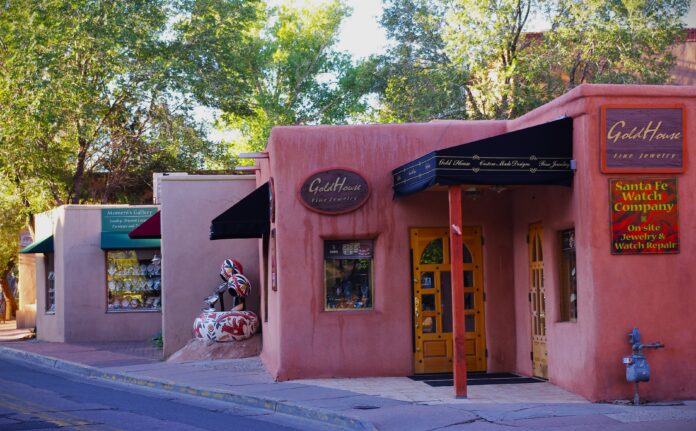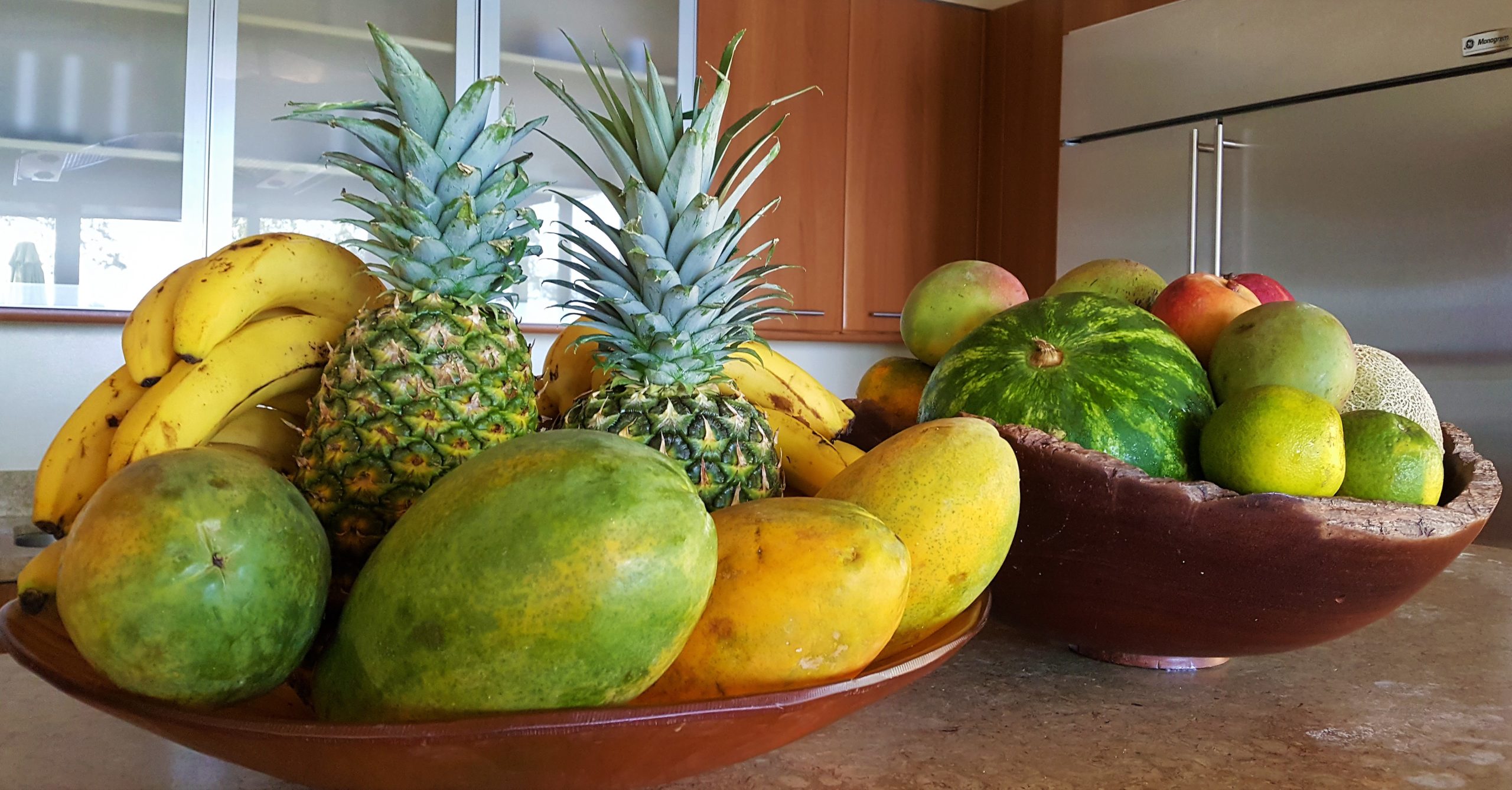Santa Fe was the first capital city to rise up in colonial America. More than 300 years before New Mexico became the 47th state to join the US.
Long before this union took place in 1912, Spanish colonialists started traveling north from Mexico in the mid-1500’s. They were looking for gold, but instead they found gold-coloured rocks, canyons, and deserts. They claimed the territory anyway, named it ‘New Mexico’, and established its capital city in 1610.
Santa Fe – or ‘holy faith’ – quickly became the hub of trade and part of a vast network. To Mexico City in the south stretched the El Camino Real, while The Santa Fe Trail extended to Missouri in the Midwest. It was a vital commercial and military highway until the railway arrived in 1880.
Destination known for inspiration
In addition to goods and homesteaders, the railway brought tourists. As images of the region began to appear in magazines, travelers began visiting to witness the beauty. Then artists started flocking to Santa Fe, putting it on the map as an inspiring place for painters, writers and sculptors.
Modern day Santa Fe remains a thriving hub that attracts tourists from around the globe. It is known for its diverse arts scene, delectable fusion cuisine, and fascinating indigenous marketplace.
Art lovers should check out Canyon Road, with more than 100 art galleries, studios, and specialty shops. Most of the buildings are historic adobe architecture, which lends the region its legendary southwestern charm.
Georgia O’Keeffe on permanent display
Founded in 1917, the Museum of Fine Arts is New Mexico’s oldest. Mandated to preserve and promote art of the southwest, admission has always been free on Friday evenings. On display is a permanent exhibit of works by Georgia O’Keeffe, whose abstract imagery from the 1910’s and 20’s is considered among the most innovative by an American artist.
Santa Fe’s southwest-nouveau-cuisine blends traditional Mexican and Spanish fare with international influences. Common staples include corn, squash and beans – commonly known in cooking circles as the ‘three sisters’. You’ll also find countless varieties of chili peppers, including some – like Chimayó chiles – that are grown exclusively for the region.
With a name like ‘holy faith’, you can bet there are lots of churches in Santa Fe. The Cathedral Basilica of St. Francis of Assisi, dedicated in 1886, it is one of the city’s most recognized and photographed landmarks. Its status was elevated from cathedral to basilica in 2005 by Pope Benedict XVI, when it became the first church in New Mexico to receive this designation.
Authentic Indigenous market in Santa Fe
A visit to this region would not be complete – or respectful – without recognizing Indigenous culture. With 22 Indian Nations within New Mexico, there is a tradition of multi-generational artistic families. Each day outside The Palace of the Governors, which once served as seat of government, the Santa Fe Indian Market features authentic artwork, jewelry, beadwork, carvings, pottery, and other truly unique one-of-a-kind finds.
Each year, during the third weekend in August, the Indian Market grows into a gathering of more than 100,000 collectors and fans of art. Unrivaled in both size and prestige, it boasts more than 1100 artists representing over 100 tribes from across North America.







